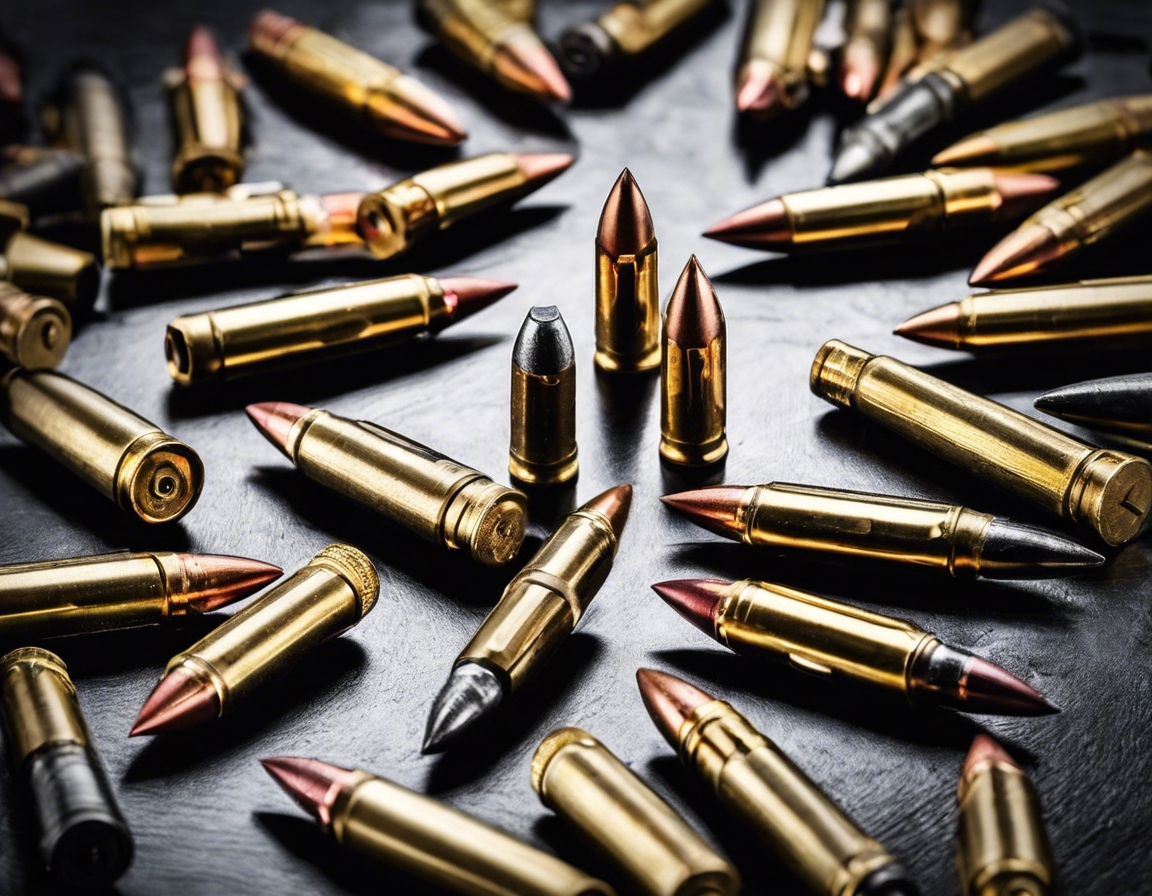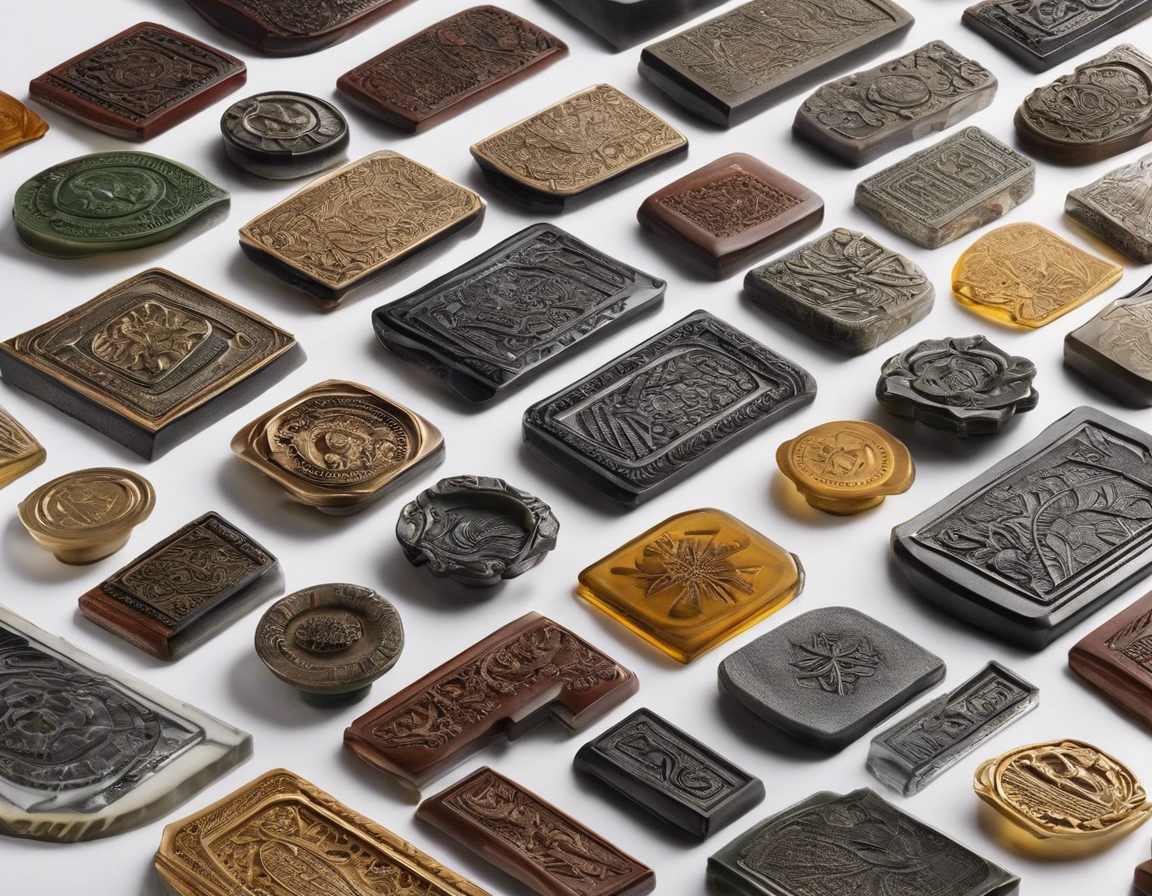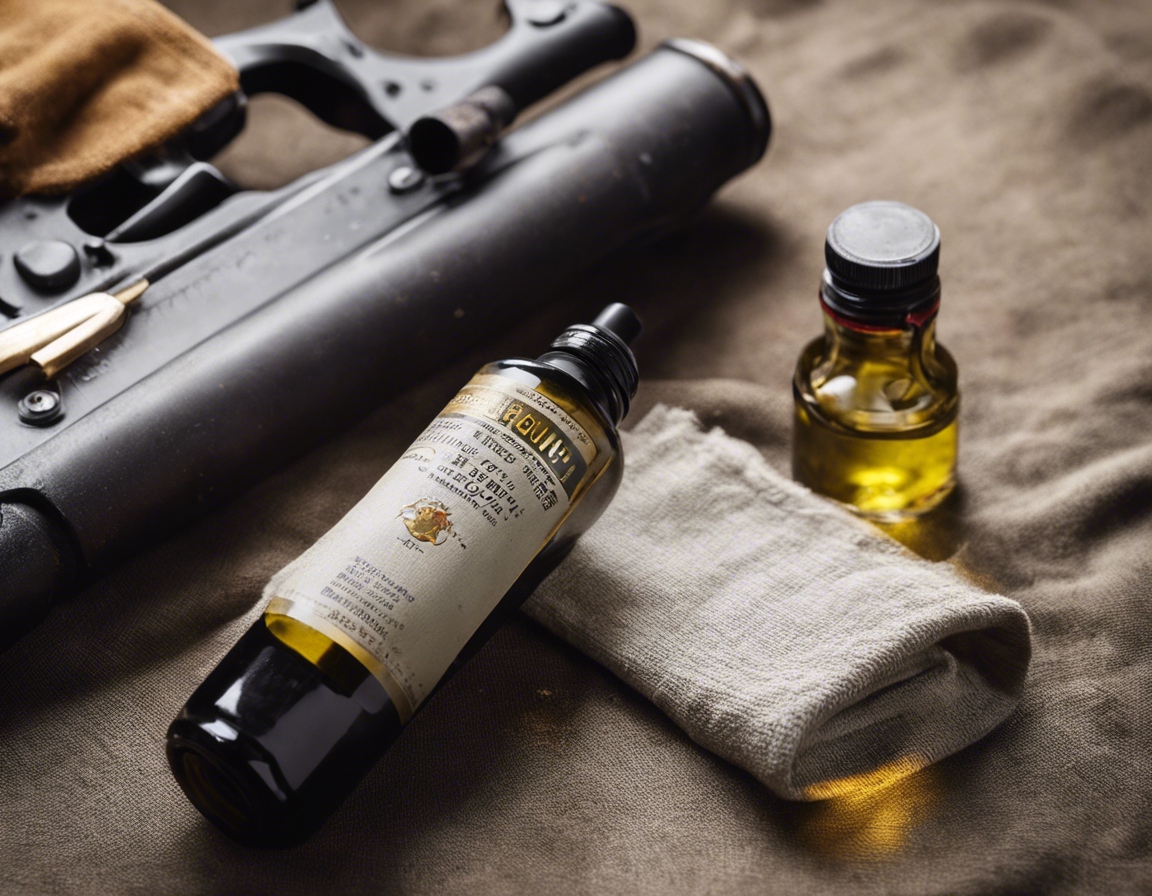Historical firearms: a journey through time
The history of firearms is a fascinating tapestry woven with innovation, engineering, and the pursuit of greater firepower. From the crude hand cannons of ancient times to the precision-engineered weapons of today, firearms have played a pivotal role in shaping human history. This journey through time reveals how each era's unique challenges and technological breakthroughs have influenced the development of firearms.
The discovery of gunpowder in 9th century China marked the beginning of a new epoch in warfare. The earliest firearms were simple tubes that used gunpowder to launch projectiles. These hand cannons were the progenitors of all modern firearms and represented a significant leap in military technology.
The Renaissance brought about a surge in creativity and innovation, including the development of firearms. The matchlock mechanism, which allowed for easier ignition of the gunpowder, was a significant advancement. This period also saw the introduction of the wheellock, which was a precursor to the flintlock mechanism.
The flintlock musket became the standard infantry weapon during the 18th century, including the American Revolutionary War. Its reliability and ease of use made it a favorite among soldiers. The flintlock mechanism's spark-based ignition system was a revolutionary design that would dominate firearm technology for the next two centuries.
The Evolution of Firearms in the 19th Century
The 19th century was a period of rapid advancement in firearm technology, largely due to the Industrial Revolution. Mass production and new materials led to more reliable and powerful weapons.
The Industrial Revolution introduced machines that allowed for the mass production of firearms, making them more accessible and consistent in quality. This era also saw the introduction of interchangeable parts, which revolutionized firearm manufacturing and maintenance.
The American Civil War was a turning point in the history of firearms. The introduction of rifling, grooves inside the barrel, gave bullets a spin, greatly increasing accuracy and range. This innovation changed the nature of warfare, making the infantryman's role more lethal.
The invention of smokeless powder at the end of the 19th century was another significant milestone. This new type of gunpowder produced less smoke and residue, allowing for higher velocities and cleaner firearms.
The 20th Century: A New Era of Firearm Technology
The 20th century witnessed unprecedented advancements in firearm technology, driven by two world wars and a continuous arms race.
World War I and II saw the development of many new firearms, including semi-automatic and fully automatic weapons. The wars acted as catalysts for rapid technological development, resulting in more efficient and deadly firearms.
The development of automatic weapons, such as machine guns and assault rifles, changed the face of combat. These weapons allowed soldiers to lay down a high volume of fire, significantly altering battlefield tactics.
Today's firearms are the result of centuries of refinement and precision engineering. Modern materials and manufacturing techniques have produced weapons that are more reliable, accurate, and powerful than ever before.






Comments (0)